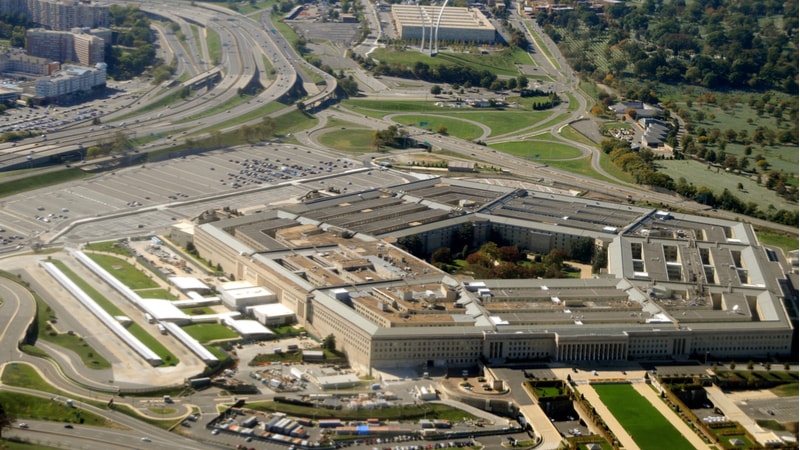
The Pentagon’s lead UFO investigator – or, as they’re officially called these days, Unidentified Anomalous Phenomena (UAPs) – is asking Congress to stay on board as the number of mysterious sightings continues to climb.
Jon Kosloski, director of the Defense Department’s (DoD) All-Domain Anomaly Resolution Office (AARO), testified on Nov. 19 before the Senate Armed Services Subcommittee on Emerging Threats and Capabilities after the release of AARO’s annual report.
Kosloski asked lawmakers on the committee to continue to support his office as the number of UAP cases continue to rise by ensuring AARO has continued authorities to “conduct these sorts of investigations and [is] uniquely empowered to have access to all UAP-related information whether that’s historic or current.”
“The only ask that I would have [is] that you continue to champion us, particularly with witnesses, encourage them to come forward and report to us so that we can have more fulsome investigation of the potential historic or ongoing legacy programs,” Kosloski said.
The office’s annual report – released Nov. 14 – outlined the over 1,600 UAP cases AARO has to investigate as of June 1, 2024.
The DoD – and more specifically the AARO – has faced criticism for its lack of transparency on UAP findings, especially those related to extraterrestrial activity. In recent years, both Democratic and Republican lawmakers have intensified pressure on government agencies to release information, particularly about covert programs funded by taxpayer dollars.
During a separate hearing on Nov. 13 by subcommittees of the House Oversight Committee, Rep. Nancy Mace, R-S.C, accused the department of not giving the American public “a full picture” of its findings.
“I obviously would like to know how much taxpayers are spending on this … And if we are spending money on something that doesn’t exist, why are we spending the money? And if it does exist, why are we hiding it from the public,” Rep. Mace said.
During that same hearing former military officials testified before the House about the DoD’s lack of transparency regarding UAPs.
“We know from last year’s UAP hearing and recent statements and publications by credible whistleblowers that UAPs … represent a new realization that we are not the only advanced intelligence in the universe,” said Tim Gallaudet, retired rear admiral of the U.S. Navy and chief executive officer of Ocean STL Consulting.
Rep. Mace echoed this sentiment of lack of transparency from the department, stating that “from protecting whistleblowers to declassifying documents, Congress must step up and demand answers. “
In the face of this critique, Kosloski asserted during his testimony that the AARO has in fact “not discovered any verifiable evidence of extraterrestrial beings, activity, or technology.”
He also explained that “in some cases it may be unclear to the public why the DoD classified a piece of information in the first place,” but that is because often images or videos of UAPs may not be a security concern, “but the location, source, or method used to capture it is still sensitive.”
“Many cases are difficult to quickly release to the public but are reported to the appropriate committees in Congress that are authorized by law or House or Senate leadership to receive the information,” Kosloski said, adding that declassifying reports is not unilaterally performed by AARO.
